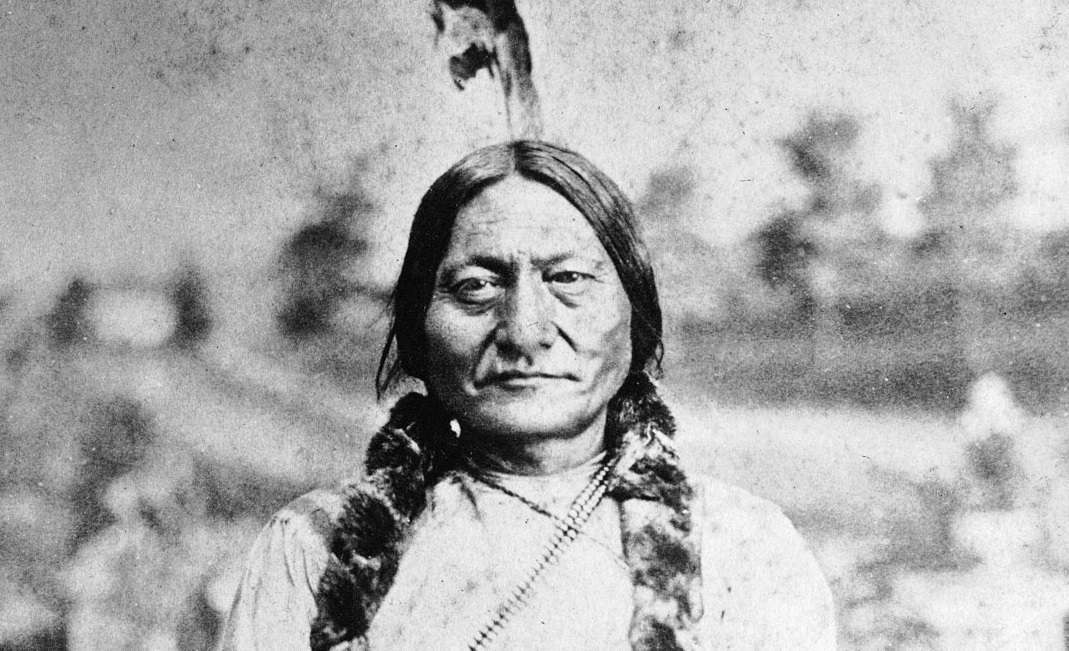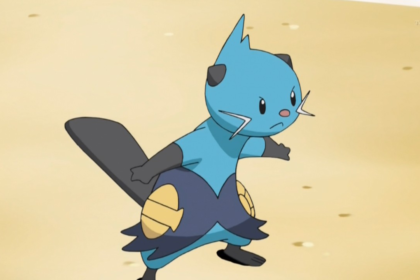Sitting Bull was a Hunkpapa Lakota leader who led his people during years of resistance to United States policies. He was killed by Indian agency police on the Standing Rock Indian Reservation during an attempt to arrest him, at a time when authorities feared that he would join the Ghost Dance movement. Take a look below for 30 more interesting and awesome facts about Sitting Bull.
1. Before the Battle of the Little Bighorn, Sitting Bull had a vision in which he say many soldiers, “as thick as grasshoppers,” falling upside down into the Lakota camp, which his people took as a foreshadowing of a major victory in which a large number of soldiers would be killed.
2. Three weeks after Sitting Bull’s vision, the confederated Lakota tribes with the Northern Cheyenne defeated the 7th Cavalry under Lt. Col. George Armstrong Custer on June 25, 1876, annihilating Custer’s battalion and seeming to bear out Sitting Bull’s prophetic vision.
3. Months after the battle with Custer, Sitting Bull and his group left the United States for Wood Mountain, North-West Territories, where he remained until 1881, at which time he and most of his band returned to U.S. territory and surrendered to U.S. forces.
4. After working as a performer with Buffalo Bill’s Wild West show, Sitting Bull returned to the Standing Rock Agency in South Dakota.
5. Before of fears that he would use his influence to support the Ghost Dance movement, Indian Service agent James McLaughlin at Fort Yates ordered his arrest.
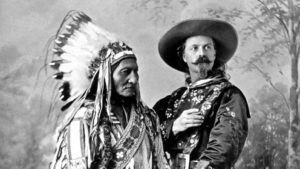
6. During a struggle between Sitting Bull’s followers and the agency police, Sitting Bull was shot in the side and head by Standing Rock policemen Lieutenant Bull Head after the police were fired upon by Sitting Bull’s supporters.
7. In 1953, his Lakota family exhumed what were believed to be his remains, reburying them near Mobridge, South Dakota, near his birthplace.
8. Sitting Bull was at first called Sacred Standshot, and soon became a famous hunter.
9. At ten years old, he was famous throughout his tribe as a killer of buffalo calves. As his father was rich and didn’t need the meat, the boy gave away all the game he killed to the poorer members of the tribe, which is how he gained his popularity.
10. When he was 13 years old, his father died, and from then on he was known as the one who, “killed buffaloes and fed his people.”
11. When he was 14 years old, he killed a young Indian a few years older than him, and his name was then changed to “Lame Bull” or “Sitting Bull” because of a wound he received which made him permanently lame.
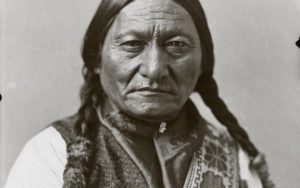
12. He was married five times, with one of his wives dying right after the wedding. The other wives were named “She That Was Seen By The Nation,” “She That Had Four Robes,” “Snow On Her” and “Light Hair.”
13. Sitting Bull’s wives bore 12 children in all, including a pair of twins, which is very unusual for Indians.
14. When, after the Custer massacre, Sitting Bull surrendered at Fort Buford, one of his sons, a young man of 18, was at school in Chicago. Another, a boy of 6 years, Crow Foot, was with the chief, and at the formal gathering the chief put his heavy rifle in the child’s hands and ordered him to give it to Major David Brotherton as a sign of surrender.
15. Sitting Bull is commonly thought of as a warrior, but he wasn’t. He was a medicine man, which means that he fulfilled three professions of priesthood, medicine and law.
16. He inherited the chieftainship of a part of the Sioux tribe from his father, but his incredible power over the Sioux nation was due to his claims of miracle working and talents as a politician.
17. Sitting Bull played upon the religious beliefs of the Sioux with his “medicine” or miracles until they believed him to possess supernatural powers and were ready to follow his lead.
18. Until the day of his death, he was the principal chief of all the Sioux and the leader of 6,000 braves, who at all times were ready at his command.
19. Sitting Bull first became widely known to the white people of America in 1866. In 1866, Sitting Bull led a raid against the settlers and the military post at Fort Buford. As the marauders approached the fort, the commandant of the post shot and killed his own wife, at her earnest request, to save her from the more cruel fate of falling into the hands of the Sioux.
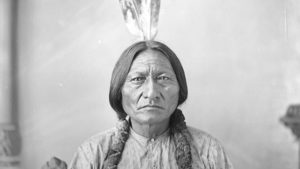
20. In 1873, Sitting Bull was coming with a small band to Fort Peck, and he found a small group of white men lying asleep under a tree. His followers wanted to kill and scalp them on the spot, and secure their weapons and horses, but the chief wouldn’t allow it. Sitting Bull stood over them until all of his followers had passed.
21. Sitting Bull was the subject of, or a featured character in, several Hollywood motion pictures and documentaries.
22. As time passed, Sitting Bull became a symbol and archetype of Native American resistance movements as well as a figure celebrated by his former enemies.
23. On September 14, 1989, the United States Postal Service released a Great Americans series 28 cent postage stamp featuring a likeness of Sitting Bull.
24. On March 6, 1996, Standing Rock College was renamed Sitting Bull College in his honor. Sitting Bull College serves as an institution of higher education on Sitting Bull’s home of Standing Rock in North Dakota and South Dakota.
25. Legoland Billund, the first Legoland park, has a Lego sculpture of Sitting Bull, which is the largest sculpture in the park.
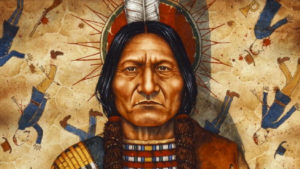
26. Sitting Bull is lionized as one of 13 great Americans in President Barack Obama’s children’s book, Of Thee I Sing: A Latter to My Daughters.
27. Following Sitting Bull’s death, his cabin on the Grand River was taken to Chicago for use as an exhibit at the 1893 World’s Colombian Exposition. Native American dancers also performed at the Exposition.
28. After his death, Sitting Bull’s body was taken to Fort Yates, where it was placed in a coffin and buried. A monument was installed to mark his burial site after his remains were reportedly taken to South Dakota.
29. Sitting Bull earned about $50 per week at Buffalo Bill Cody’s Buffalo Bill’s Wild West Show for riding once around the arena on a horse.
30. Although it’s rumored that he cursed his audiences in his native tongue during the show, the historian Utley contends that he didn’t. Historians have reported that Sitting Bull gave speeches about his desire for education for the young, and reconciling relations between the Sioux and the whites.

